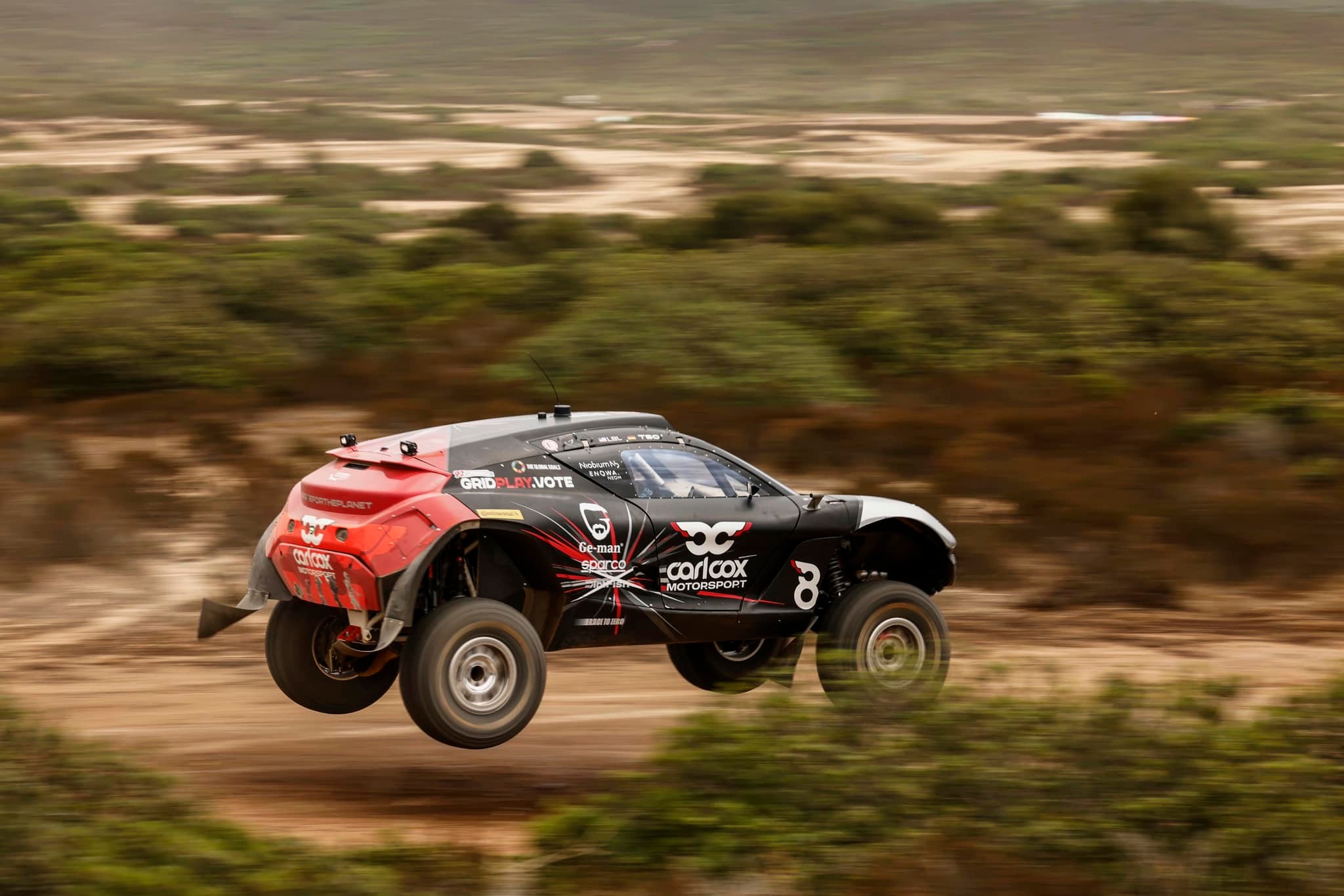In February 2022, the organisation that has been running the Extreme E off-road series for fully electric vehicles announced that it was working on an additional championship which for hydrogen-fuelled vehicles.
It will be called Extreme H and would be a first for motorsport, matching the global progression towards alternative fuels as a way to address climate change and also depart from fossil fuels.
As with all legitimate motorsports events, the Federation Internationale de l’Automobile (FIA) – motorsport’s governing body – needs to be involved. The FIA regulates motorsports and enforces the regulatory framework, particularly with regard to safety.

World’s first hydrogen championship
Extreme E has now signed a non-binding Memorandum of Understanding with the FIA setting out a framework to create the first-ever hydrogen off-road racing world championship. This is the first step in establishing a pathway for the hydrogen series to become an FIA Championship from its inaugural season in 2025.
Within a year, it is hoped that it will also be elevated to world championship status but this will be dependent on how much of the world the series will encompass. The Formula E single-seater electric racing series began the same way and is today a world championship, while Extreme E is classified as a FIA International Series.

First season in 2025
Development of the Extreme H series is underway, with plans advanced to have a hydrogen-fuelled prototype presented later this year ahead of the first season in 2025.
“What started as a conversation many years ago about racing in extreme environments, showcasing the incredible performance and innovation of E-SUVs, has now demonstrated enormous growth and further pioneering technical advances as we move forward with the transition to hydrogen and Extreme H – a world-first,” said Alejandro Agag, Founder & CEO of Extreme E.
“This announcement is a significant first step in the development of our championship and our ground-breaking transition to hydrogen-powered racing. Sport is the most powerful and effective platform to drive innovation and our commitment to delivering sustainable motorsport championships full of excitement and with a reduced carbon footprint are testament to that,” he said.

Mohammed Ben Sulayem, President of the FIA, added: “Motorsport competition serves as an excellent research and development platform and this new series has great potential. Having the technology tested in the harsh environment of off-road racing in all types of conditions should benefit the whole industry and, in the longer term, make mobility more environmentally friendly for everyday users of the road. We are looking forward to working with Extreme E, sharing our know-how and expertise.”
Hydrogen already used for vehicles
The use of hydrogen as a fuel is usually in conjunction with a fuel cell, one of the technologies originally developed for spacecraft. The fuel cell converts the energy in hydrogen into electricity which is stored and used to power motors in a vehicle that is known as a Fuel Cell Electric Vehicle (FCEV).
Hydrogen-fuelled FCEV prototypes have been around since the 1960s but it’s only over the past 14 years that companies like Honda, Toyota, Hyundai have begun selling such vehicles in a small number of markets. Hyundai has also developed large trucks that run on hydrogen and are in use in Europe.


BMW also has a R&D programme that is quite advanced but Mercedes-Benz gave up on FCEV development in 2017. The carmaker had been running a program globally and had used Singapore as one of the real-world testing sites, collaborating with BP which set up refuelling stations.
Sarawak’s Green Energy Agenda also includes the use of hydrogen for mobility. The state has opened South East Asia’s first Integrated Hydrogen Production Plant and Refuelling Station in Kuching, enabling hydrogen-fuelled FCEVs like the Toyota Mirai to be used as well as FCEV buses.

There’s a lot more interest in hydrogen as a fuel these days and Toyota is even looking at using it directly, instead of with a fuel cell. The carmaker has running prototypes which use liquid and compressed hydrogen, and are being tested in racing conditions.

But this alternative fuel is unlikely to gain widespread use. The technology is even more expensive than EV technology and requires an even more sophisticated network of hydrogen stations. It could be used for buses and trucks which travel fixed routes and have specific points to stop at, so stations can be set up. But for general use in cars, FCEVs are a long way off.




